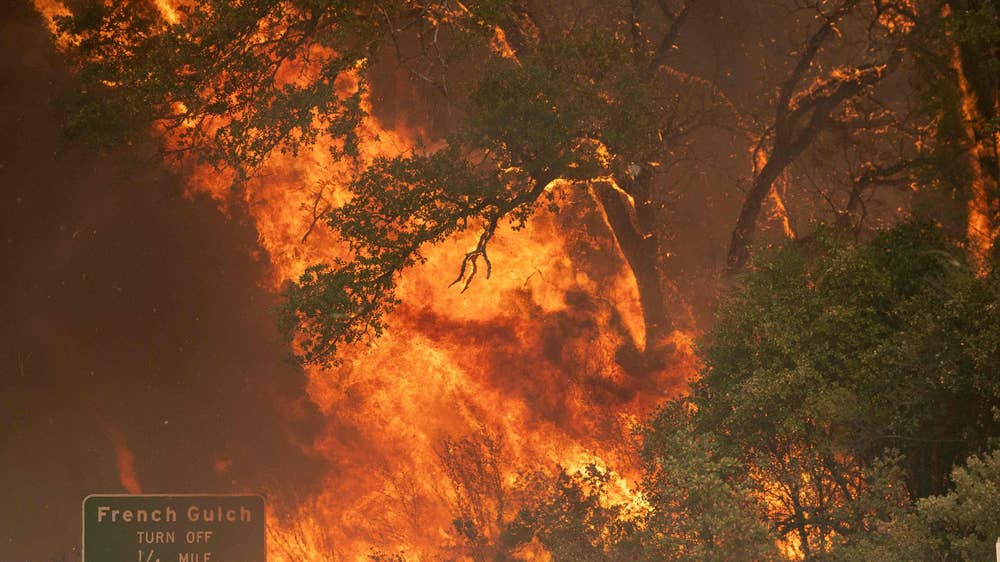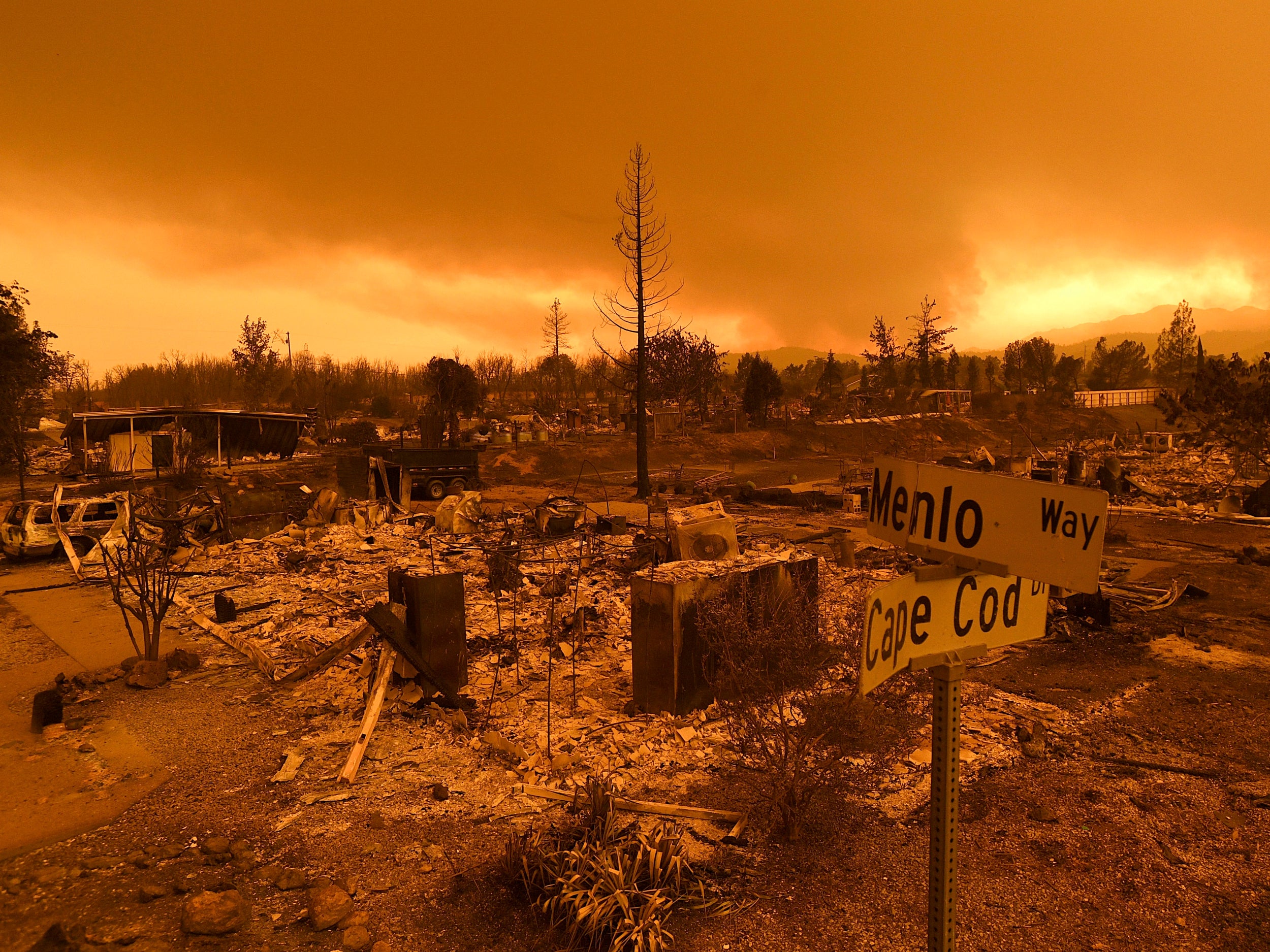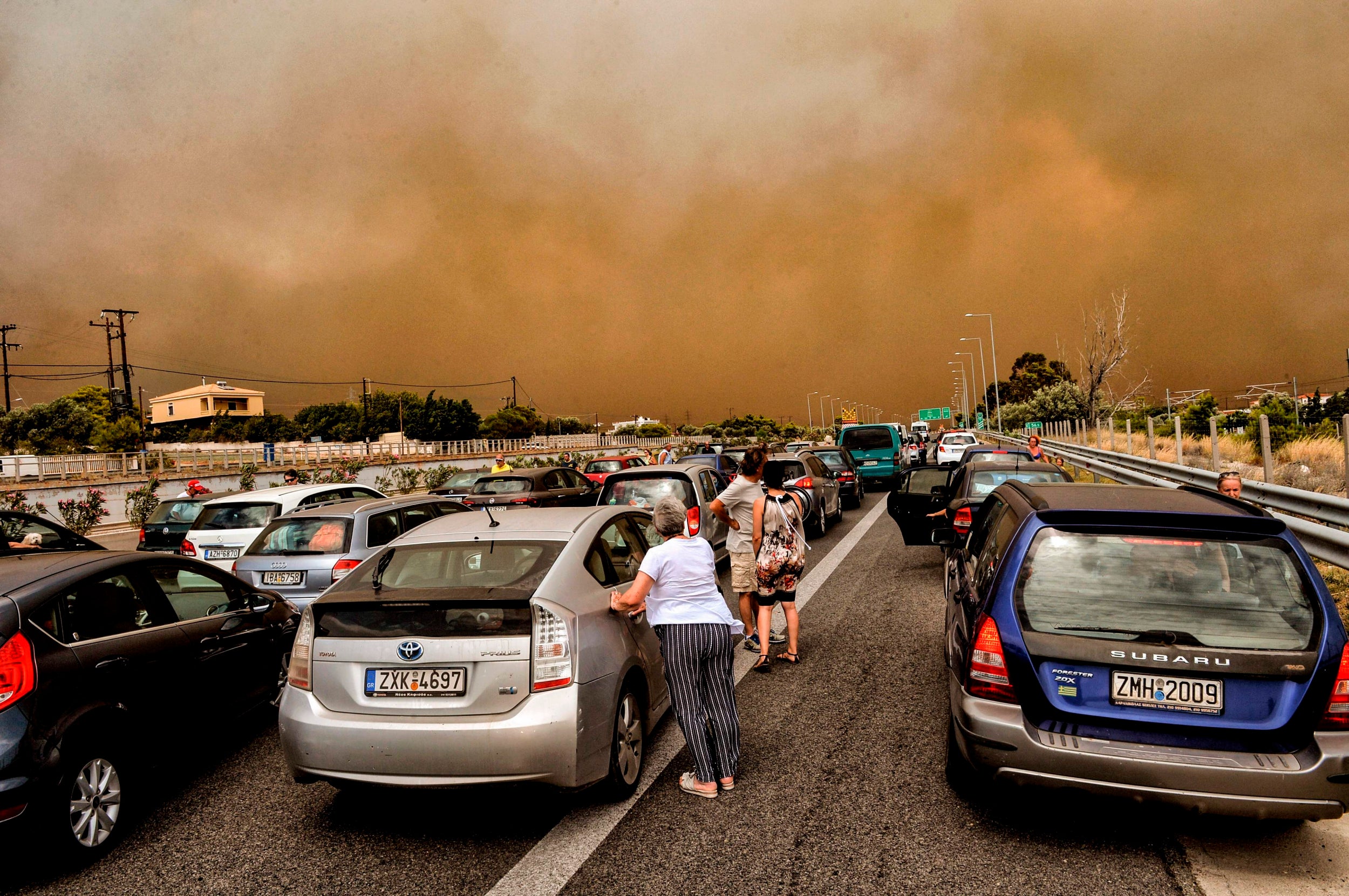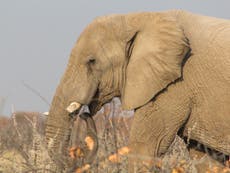Zoonotic diseases have caused more than £80bn in economic losses since 2000 and coronavirus is expected to add £7.2 trillion to that amount
World Zoonoses Day, the event the report’s release coincided with, commemorates the work of French biologist Louis Pasteur. On 6 July 1885, Pasteur successfully administered the first vaccine against rabies, a zoonotic disease.
Louise Boyle New York The Independent
A new report, released on Monday, lays out strategies aimed at preventing future pandemics by breaking the chain of transmission for diseases which jump from animals to humans.
Inger Andersen, executive director of the UN’s Environment Programme (UNEP), said: “The science is clear that if we keep exploiting wildlife and destroying our ecosystems, then we can expect to see a steady stream of these diseases jumping from animals to humans in the years ahead.”
The Independent’s Stop The Wildlife Trade campaign was launched by its proprietor Evgeny Lebedev to call for an end to high-risk wildlife markets and for an international effort to regulate the illegal trade in wild animals to reduce our risk of future pandemics.
The coronavirus pandemic, which is believed to have originated in bats, has infected 10.7 million people and led to more than 500,000 deaths worldwide, decimating economies in its wake.
Among the strategies recommended to governments are expanding scientific research, increasing education on the risks of infectious diseases borne by animals, along with providing resources for better healthcare.
The report also suggests better monitoring and regulation of food systems, incentivising sustainable land practices and coming up with alternatives to provide food security to limit destruction of natural habitats.
Improving biosecurity will also be key to identifying where the next zoonotic disease may emerge, it says.
Louise Boyle New York The Independent
The UN warns that a “steady stream” of animal-borne infectious diseases are unavoidable in the future unless the world tackles the exploitation of wildlife and ecosystem destruction.
A new report, released on Monday, lays out strategies aimed at preventing future pandemics by breaking the chain of transmission for diseases which jump from animals to humans.
Inger Andersen, executive director of the UN’s Environment Programme (UNEP), said: “The science is clear that if we keep exploiting wildlife and destroying our ecosystems, then we can expect to see a steady stream of these diseases jumping from animals to humans in the years ahead.”
The Independent’s Stop The Wildlife Trade campaign was launched by its proprietor Evgeny Lebedev to call for an end to high-risk wildlife markets and for an international effort to regulate the illegal trade in wild animals to reduce our risk of future pandemics.
The coronavirus pandemic, which is believed to have originated in bats, has infected 10.7 million people and led to more than 500,000 deaths worldwide, decimating economies in its wake.
Risk of coronaviruses increases as wildlife moves along supply chain
The world has been here before: Ebola, Mers, Sars and the West Nile virus were caused by viruses that jumped from animal hosts into the human population. About 75 per cent of emerging infectious diseases “jump species” from animals to people.
The world has been here before: Ebola, Mers, Sars and the West Nile virus were caused by viruses that jumped from animal hosts into the human population. About 75 per cent of emerging infectious diseases “jump species” from animals to people.
Some 2 million people die from zoonotic diseases in the developing world each year. Outbreaks also rip through livestock populations, trapping hundreds of millions of small-scale farmers in severe poverty.
Zoonotic diseases have caused in excess of $100bn (£80bn) in economic losses since 2000. The coronavirus pandemic is expected to add $9 trillion in damages to that amount.
The new study was conducted by the UNEP and the International Livestock Research Institute (ILRI), a nonprofit focused on improving farming and agricultural practices in the developing world.
The emergence of zoonotic diseases are being driven by a multitude of factors, the report found, including a growing demand for animal protein on an increasingly crowded planet.
The world’s population is expected to increase by 2 billion individuals to 9.7 billion in 2050, according to a 2019 study.
Other factors driving disease emergence include intense and unsustainable farming and increased wildlife consumption and trade.
In the past 80 years, a growing agricultural industry including dams, irrigation projects and factory farms have been linked to more than half of zoonotic infectious diseases to emerge in humans.
Increasing wildlife use and exploitation also presents a serious risk. This includes the harvesting of wild animals, or “bushmeat”, as a source of protein, trophy hunting, trade in wild species for pets, zoos and medical research, and the use of animal parts for apparent ornamental or medicinal value.
The climate crisis plays a significant role. Rising temperatures can increase disease by providing more hospitable conditions for insects like mosquitoes which can transmit viruses such as chikungunya and West Nile.
Climate change: Decade's defining issue in pictures
Show all 20




Climate variability is also influencing the numbers and geographic distribution of species like bats, monkeys and rodents, which are reservoirs of zoonotic pathogens.
The study notes that in Africa in 2010, an outbreak of mosquito-borne Rift Valley fever took place during higher-than-average seasonal rainfall.
A review of emerging diseases in Brazil linked infectious disease outbreaks with extreme climate events such as El Nino, La Nina, heatwaves, droughts and floods, hotter temperatures and increased rainfall. Environmental changes – habitat fragmentation, deforestation, increasing urbanization and consumption of wild meat – compounded the risks.
In the Arctic, which is particularly at risk due to the climate crisis, thawing of permafrost exposes historical burial grounds, “enabling the revival of deadly infections from the past”.
Ms Andersen said: “Pandemics are devastating to our lives and our economies, and as we have seen over the past months, it is the poorest and the most vulnerable who suffer the most. To prevent future outbreaks, we must become much more deliberate about protecting our natural environment.”
The UN/ILRI recommendations are based on a “one health” approach, bringing together public health, veterinary and environmental expertise.
The report points to Africa as a source of potential solutions. The continent has the world’s large portion of remaining intact rainforests and wild lands. It has a growing population, leading to more encounters between livestock and wildlife and in turn, the risk of zoonotic diseases.
Tourist destinations could become melting pots for coronavirus, expert warns
ILRI director-general Jimmy Smith said that the lessons learned from Ebola and other emerging diseases means that Africa had a wealth of knowledge on how to mitigate the risks.
Zoonotic diseases have caused in excess of $100bn (£80bn) in economic losses since 2000. The coronavirus pandemic is expected to add $9 trillion in damages to that amount.
The new study was conducted by the UNEP and the International Livestock Research Institute (ILRI), a nonprofit focused on improving farming and agricultural practices in the developing world.
The emergence of zoonotic diseases are being driven by a multitude of factors, the report found, including a growing demand for animal protein on an increasingly crowded planet.
The world’s population is expected to increase by 2 billion individuals to 9.7 billion in 2050, according to a 2019 study.
Other factors driving disease emergence include intense and unsustainable farming and increased wildlife consumption and trade.
In the past 80 years, a growing agricultural industry including dams, irrigation projects and factory farms have been linked to more than half of zoonotic infectious diseases to emerge in humans.
Increasing wildlife use and exploitation also presents a serious risk. This includes the harvesting of wild animals, or “bushmeat”, as a source of protein, trophy hunting, trade in wild species for pets, zoos and medical research, and the use of animal parts for apparent ornamental or medicinal value.
The climate crisis plays a significant role. Rising temperatures can increase disease by providing more hospitable conditions for insects like mosquitoes which can transmit viruses such as chikungunya and West Nile.
Climate change: Decade's defining issue in pictures
Show all 20




Climate variability is also influencing the numbers and geographic distribution of species like bats, monkeys and rodents, which are reservoirs of zoonotic pathogens.
The study notes that in Africa in 2010, an outbreak of mosquito-borne Rift Valley fever took place during higher-than-average seasonal rainfall.
A review of emerging diseases in Brazil linked infectious disease outbreaks with extreme climate events such as El Nino, La Nina, heatwaves, droughts and floods, hotter temperatures and increased rainfall. Environmental changes – habitat fragmentation, deforestation, increasing urbanization and consumption of wild meat – compounded the risks.
In the Arctic, which is particularly at risk due to the climate crisis, thawing of permafrost exposes historical burial grounds, “enabling the revival of deadly infections from the past”.
Ms Andersen said: “Pandemics are devastating to our lives and our economies, and as we have seen over the past months, it is the poorest and the most vulnerable who suffer the most. To prevent future outbreaks, we must become much more deliberate about protecting our natural environment.”
The UN/ILRI recommendations are based on a “one health” approach, bringing together public health, veterinary and environmental expertise.
The report points to Africa as a source of potential solutions. The continent has the world’s large portion of remaining intact rainforests and wild lands. It has a growing population, leading to more encounters between livestock and wildlife and in turn, the risk of zoonotic diseases.
Tourist destinations could become melting pots for coronavirus, expert warns
ILRI director-general Jimmy Smith said that the lessons learned from Ebola and other emerging diseases means that Africa had a wealth of knowledge on how to mitigate the risks.
“They are applying, for example, novel risk-based rather than rule-based approaches to disease control, which are best suited to resource-poor settings, and they are joining up human, animal and environment expertise in proactive one health initiatives,” he said.
Among the strategies recommended to governments are expanding scientific research, increasing education on the risks of infectious diseases borne by animals, along with providing resources for better healthcare.
The report also suggests better monitoring and regulation of food systems, incentivising sustainable land practices and coming up with alternatives to provide food security to limit destruction of natural habitats.
Improving biosecurity will also be key to identifying where the next zoonotic disease may emerge, it says.




No comments:
Post a Comment